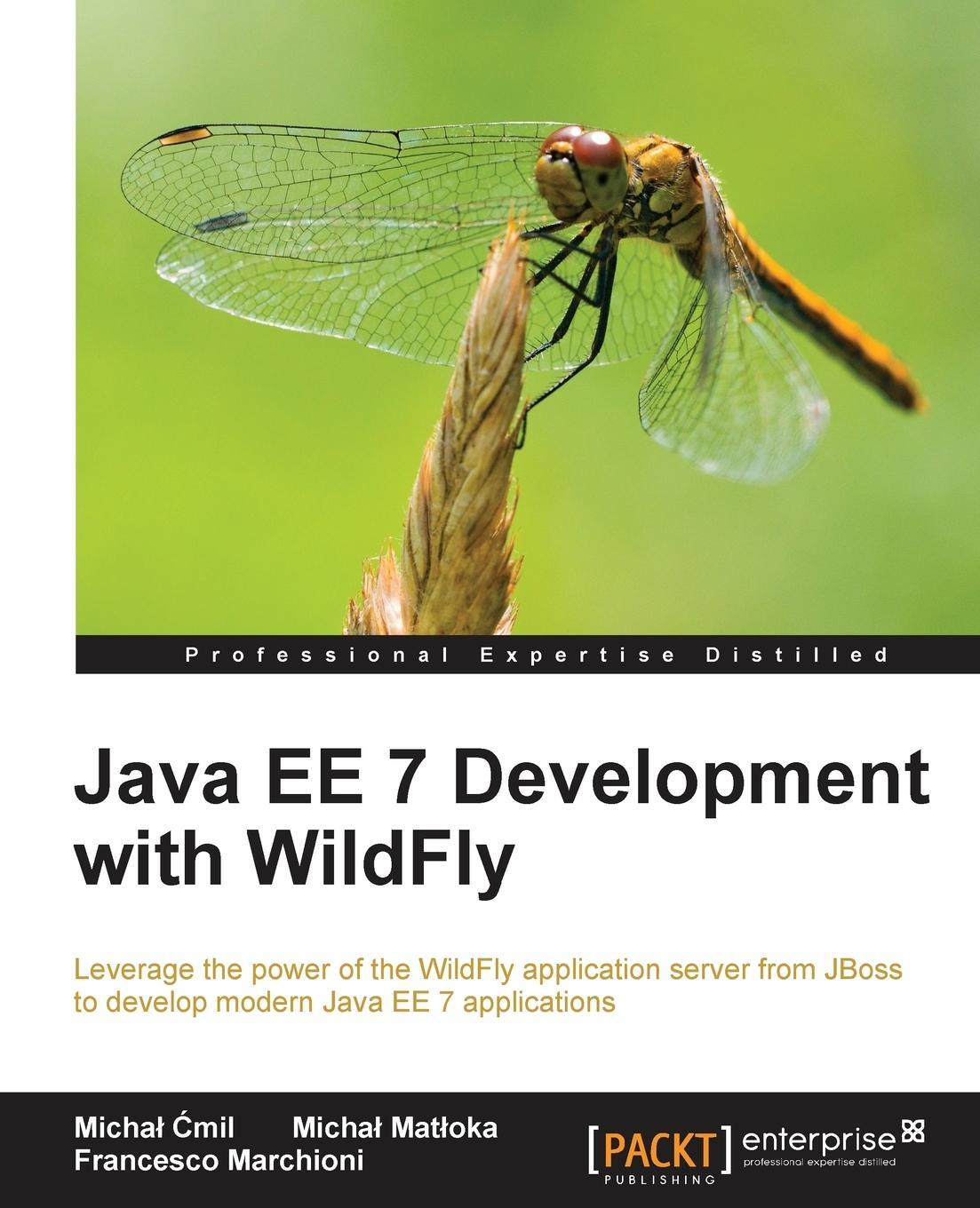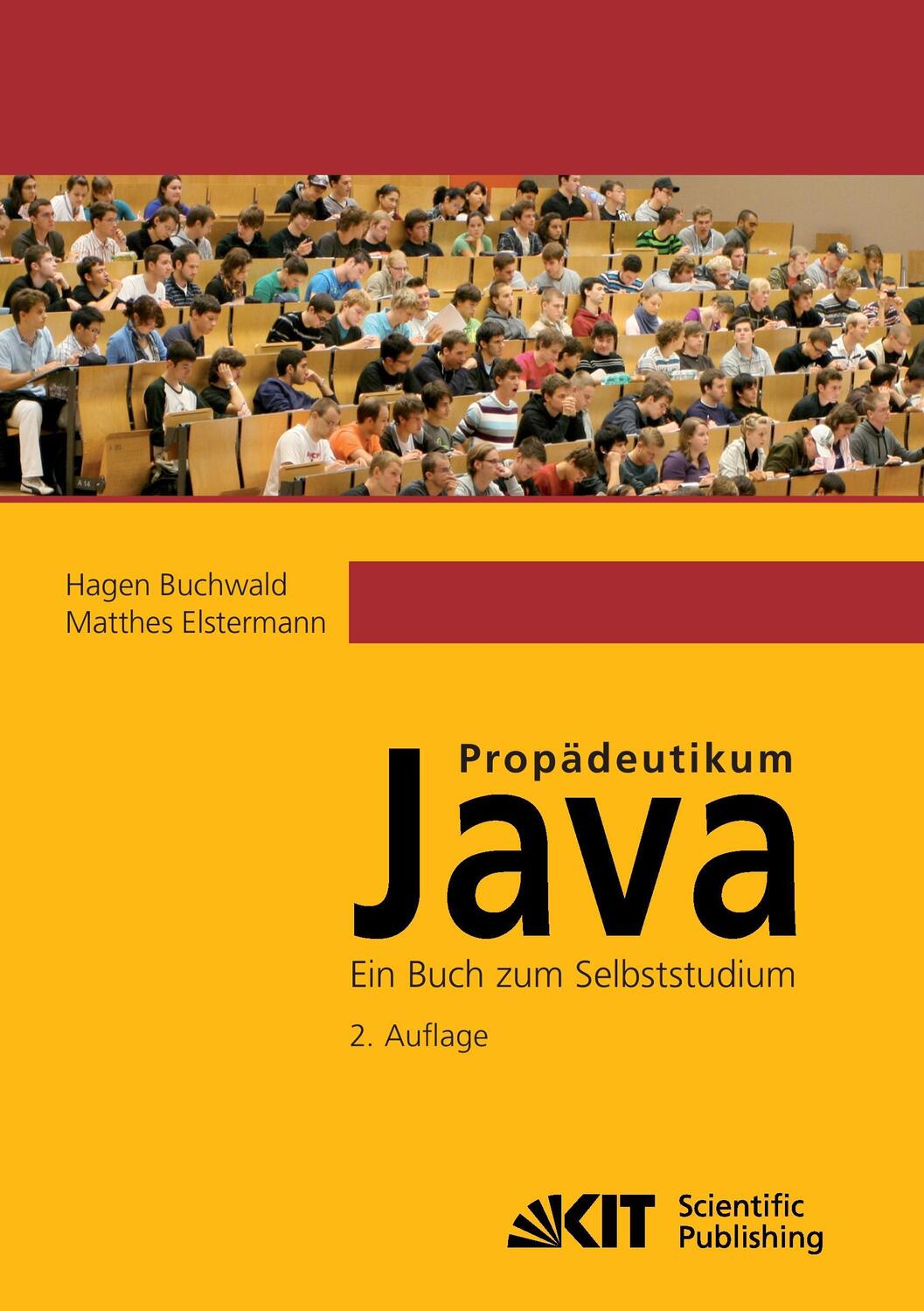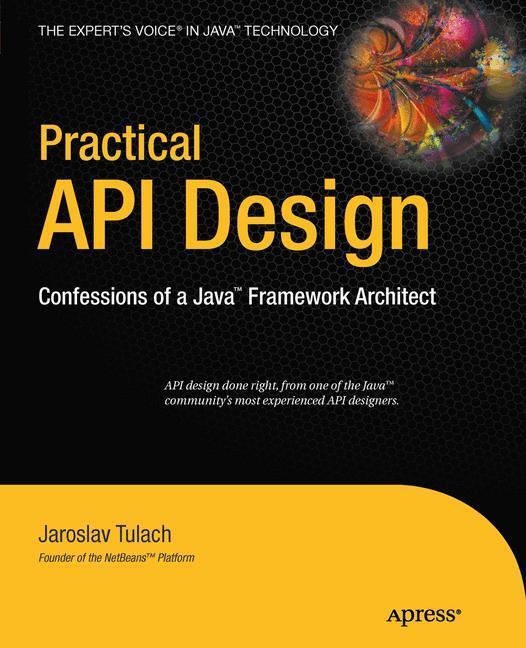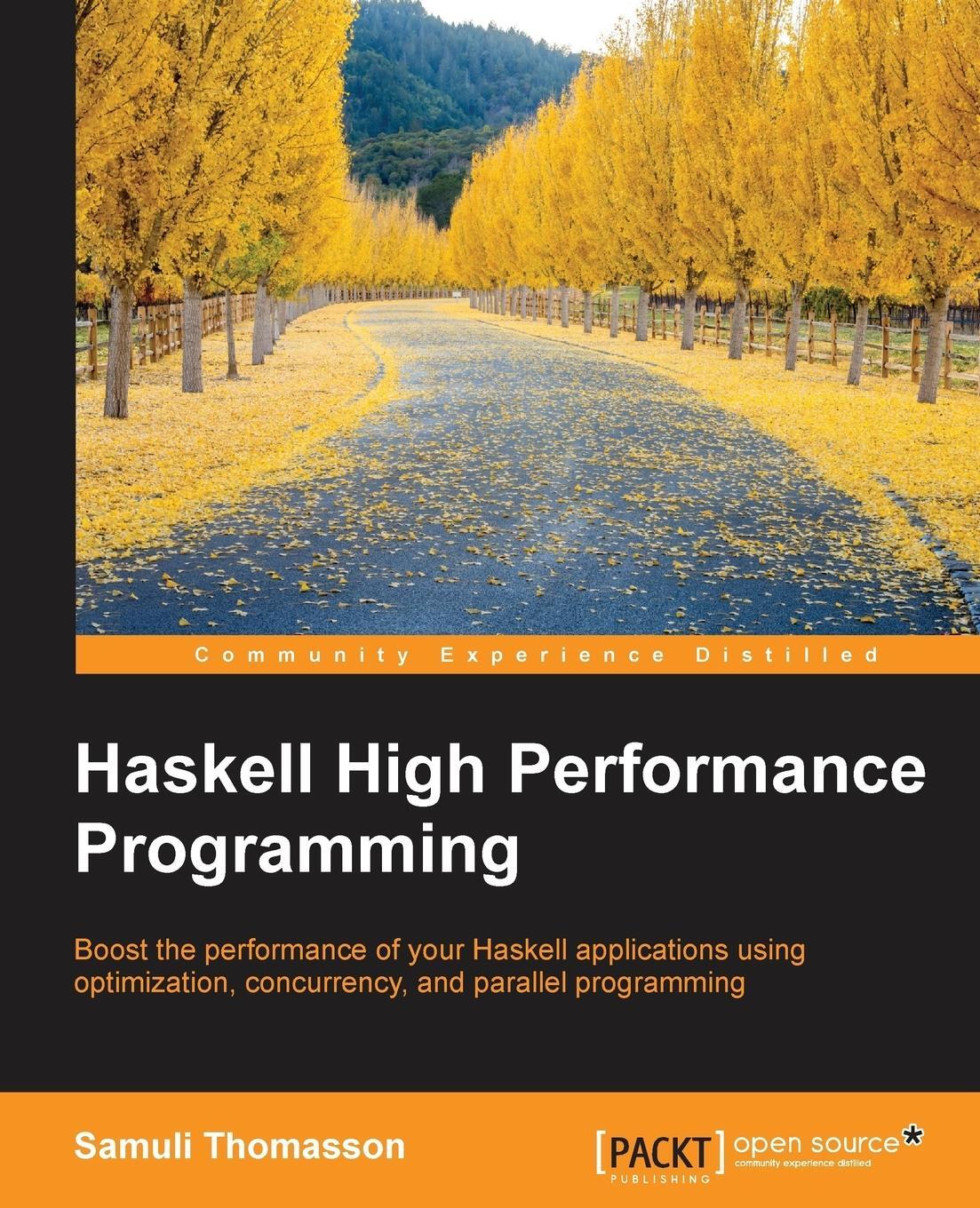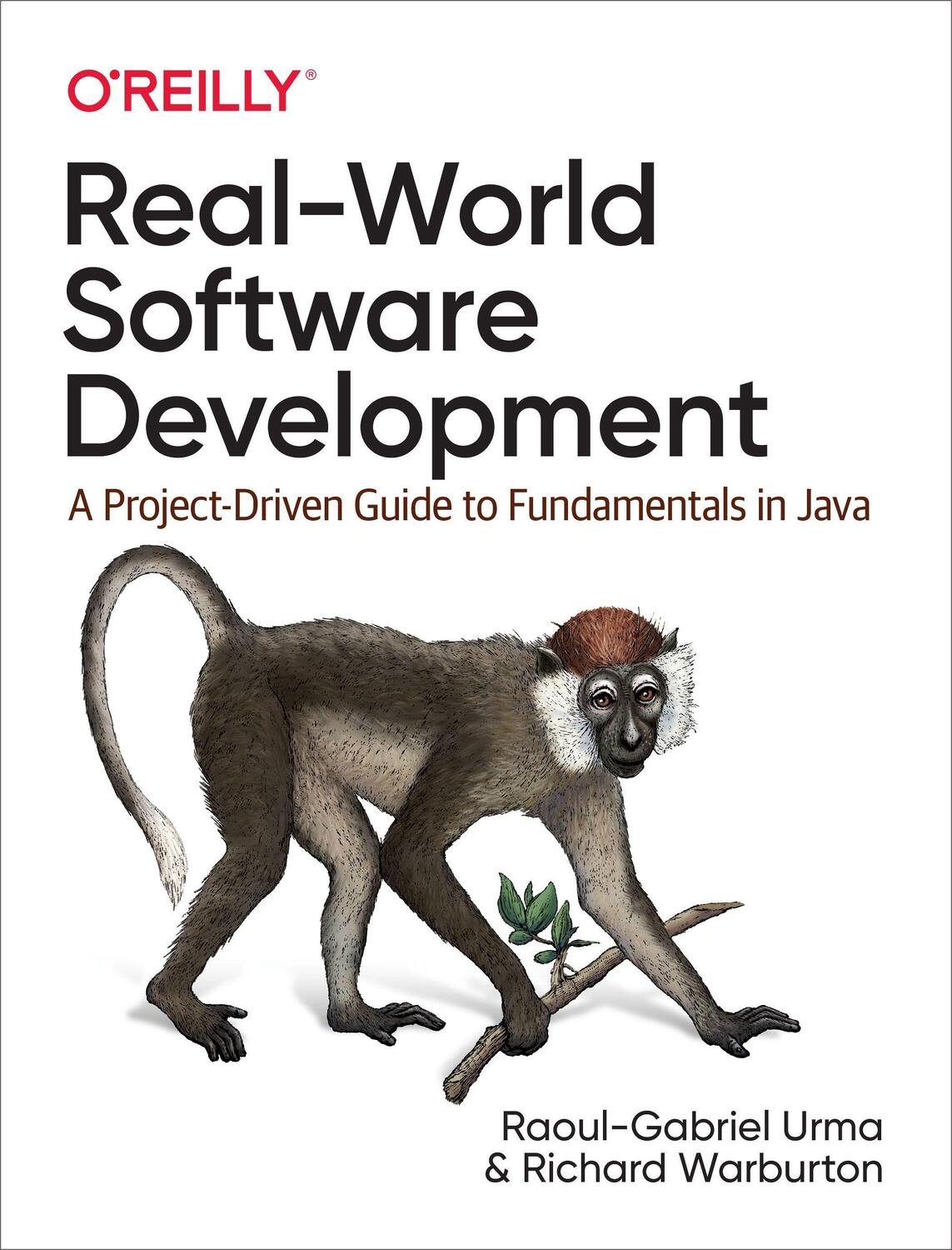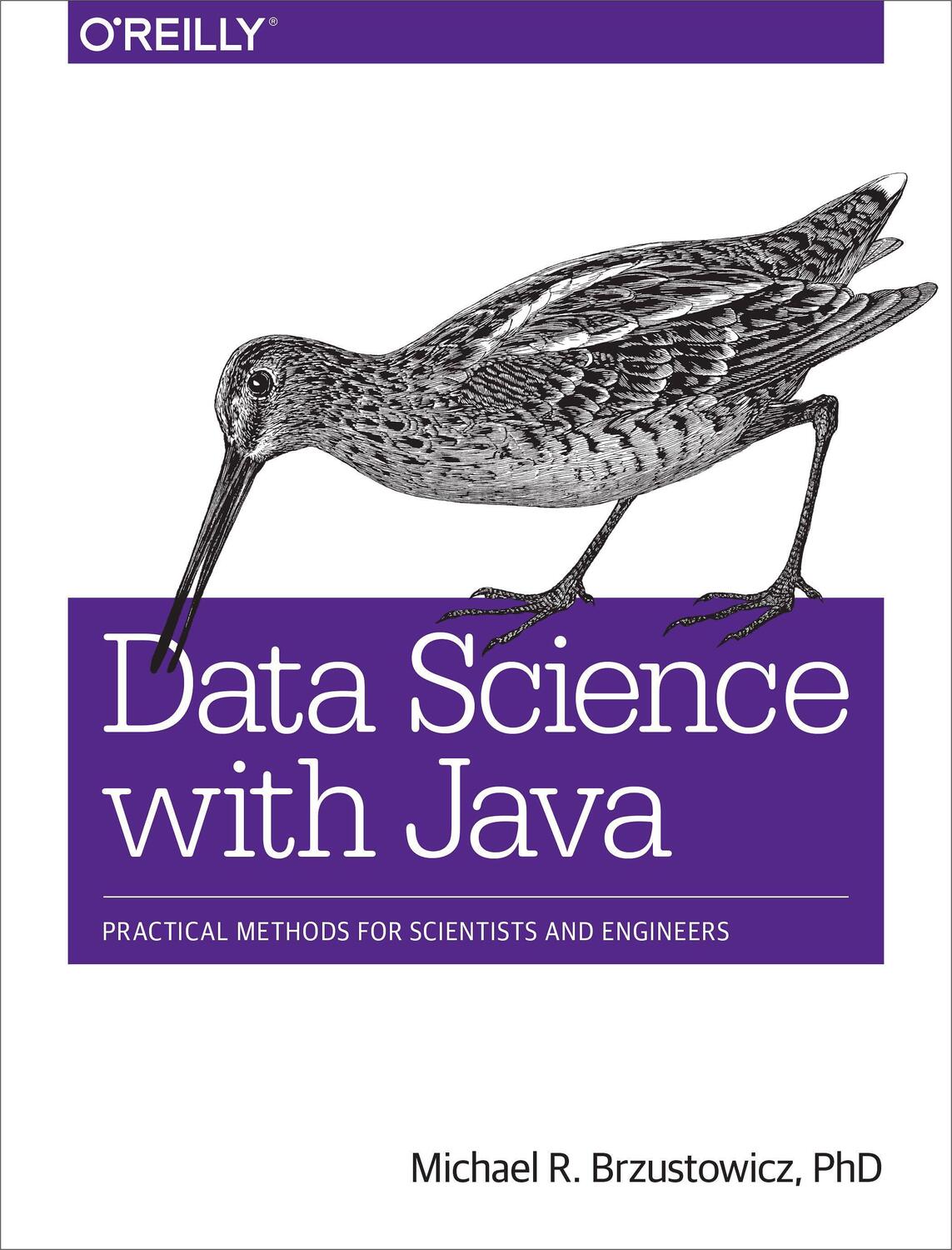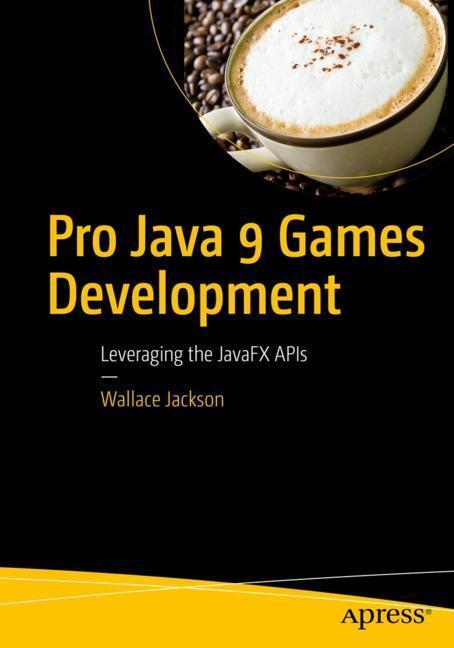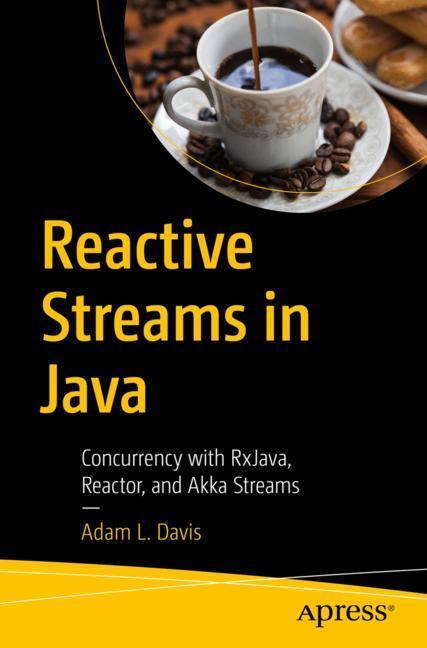50,00 €*
Versandkostenfrei per Post / DHL
Aktuell nicht verfügbar
* Introduction to Distributed Computing
* Networking Basics
* Distributed Objects (Overview of CORBA and RMI)
* Threads
* Security
* Message Passing Systems
* Distributed Data Systems (Databases)
* Bandwidth Limited Applications
* Collaborative Systems
* Introduction to Distributed Computing
* Networking Basics
* Distributed Objects (Overview of CORBA and RMI)
* Threads
* Security
* Message Passing Systems
* Distributed Data Systems (Databases)
* Bandwidth Limited Applications
* Collaborative Systems
Jim Farley is a software engineer, computer scientist, and IT manager. His recent activities have included heading up the engineering group at the Harvard Business School and bringing good things to life at GE's Research and Development center. He's dealt with computing (distributed and otherwise) in lots of different ways, from automated image inspection to temporal reasoning systems. Jim has Bachelor's and Master's degrees in computer systems engineering from Rensselaer Polytechnic Institute.
- Preface
- Chapter 1: Introduction
- Chapter 2: Networking in Java
- Chapter 3: Distributing Objects
- Chapter 4: Threads
- Chapter 5: Security
- Chapter 6: Message-Passing Systems
- Chapter 7: Databases
- Chapter 8: Bandwidth-Limited Systems
- Chapter 9: Collaborative Systems
- Chapter 10: Building Collaborative Applications
- Using the Examples in Applets
- CORBA Services
- JavaSpaces
- RMI Quick Reference
- Colophon
| Erscheinungsjahr: | 1998 |
|---|---|
| Fachbereich: | Programmiersprachen |
| Genre: | Informatik |
| Rubrik: | Naturwissenschaften & Technik |
| Medium: | Taschenbuch |
| Seiten: | 384 |
| ISBN-13: | 9781565922068 |
| ISBN-10: | 1565922069 |
| UPC: | 636920922063 |
| EAN: | 0636920922063 |
| Sprache: | Englisch |
| Einband: | Kartoniert / Broschiert |
| Autor: | Farley, Jim |
| Hersteller: |
O'Reilly Media
O'Reilly Media, Inc. |
| Maße: | 234 x 179 x 22 mm |
| Von/Mit: | Jim Farley |
| Erscheinungsdatum: | 10.02.1998 |
| Gewicht: | 0,612 kg |
Jim Farley is a software engineer, computer scientist, and IT manager. His recent activities have included heading up the engineering group at the Harvard Business School and bringing good things to life at GE's Research and Development center. He's dealt with computing (distributed and otherwise) in lots of different ways, from automated image inspection to temporal reasoning systems. Jim has Bachelor's and Master's degrees in computer systems engineering from Rensselaer Polytechnic Institute.
- Preface
- Chapter 1: Introduction
- Chapter 2: Networking in Java
- Chapter 3: Distributing Objects
- Chapter 4: Threads
- Chapter 5: Security
- Chapter 6: Message-Passing Systems
- Chapter 7: Databases
- Chapter 8: Bandwidth-Limited Systems
- Chapter 9: Collaborative Systems
- Chapter 10: Building Collaborative Applications
- Using the Examples in Applets
- CORBA Services
- JavaSpaces
- RMI Quick Reference
- Colophon
| Erscheinungsjahr: | 1998 |
|---|---|
| Fachbereich: | Programmiersprachen |
| Genre: | Informatik |
| Rubrik: | Naturwissenschaften & Technik |
| Medium: | Taschenbuch |
| Seiten: | 384 |
| ISBN-13: | 9781565922068 |
| ISBN-10: | 1565922069 |
| UPC: | 636920922063 |
| EAN: | 0636920922063 |
| Sprache: | Englisch |
| Einband: | Kartoniert / Broschiert |
| Autor: | Farley, Jim |
| Hersteller: |
O'Reilly Media
O'Reilly Media, Inc. |
| Maße: | 234 x 179 x 22 mm |
| Von/Mit: | Jim Farley |
| Erscheinungsdatum: | 10.02.1998 |
| Gewicht: | 0,612 kg |


